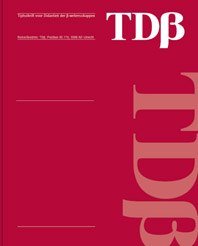Denkbeelden over radioactiviteit in de berichtgeving van Tjernobyl

Tijdschrift voor Didactiek van de Beta-wetenschappen, uitgegeven door het Freudenthal Instituut, Universiteit Utrecht in de periode 1983-2014 |
Eijkelhof, H. M. C. Lijnse, P. L. Tijdschrift voor Didactiek van de Beta-wetenschappen |
Recent proposals for physics examination programmes at senior secondary level in the Netherlands include a rather large section on radiation protection. However not much experience is available in teaching this topic at the secondary level and in particular not much is known about children’s ideas on ionizing radiation and radioactivity. In this paper it is assumed that children’s ideas in this area are directly and indirectly influenced by the way the media deal with this topic. Therefore results are described of an analysis of press reports (radio, t.v., newspapers) about the accident in a nuclear power station at Chernobyl in the Soviet Union. Quotes illustrate a large-scale confusion regarding radiation and radioactive substances in reports about the accident itself, the spreading of radioactive particles across Europe and contamination of food and persons. Also shown are the confusion between radiation dose and activity and the ideas that half-life would refer to the time a substance would be dangerous. One of the confusions is that the public idea on radiation might be quite different from the radiation concept in physics. Suggestions are given for further research on which the writing of new student material should be based.
U moet ingelogd zijn om een reactie te kunnen plaatsen.


